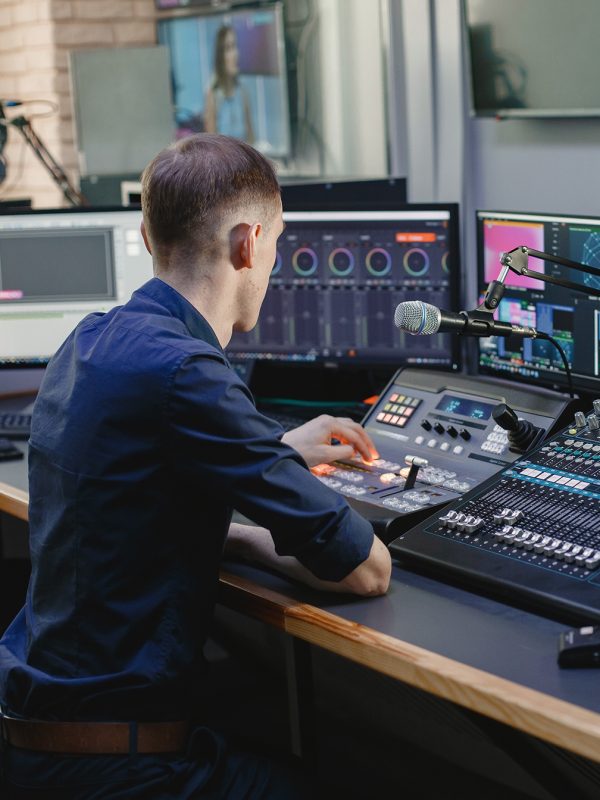CAPTURING the essence of your tracks through quality choices & proven techniques.
MIXING

Not only are you focused on delivering the product that artists are looking for but also ensuring that the creative and artistic qualities in the material respects the vison of the artists.
Taking completed recorded tracks and providing a great stereo mix is a work OF art.
STEPS
Here’s a step-by-step breakdown of the typical stages in a professional mix:
- Choose the right sounds and elements to from your basic mix
- Edit the material to clean up the recordings and fix any issues
- Create a static mix by adjusting the levels and pan position for the basic sound
- Apply EQ and compression to integrate each sound sourc
- Add reverb, send effects and master bus processing
- Clean up the tracks in your session and export the mixdown for mastering

MASTERING
The purpose of mastering is to balance the sonic elements of a stereo mix and optimize playback across all systems and media formats. Traditionally, mastering is done using tools like equalization, compression, limiting and stereo enhancement.



Mastering is the final polish that turns a finished mix into a release that’s ready for listeners to experience on all devices—from tiny iPhone speakers to massive dance club sound systems.
The term itself comes from the idea of a master copy. All copies or duplications of the audio come from the master. The mastering process ensures that those copies can be optimally played back whether they end up on streaming services, CDs or a vinyl record.
In addition to that, mastering helps keep an album sounding consistent and cohesive between tracks.
STEPS
Analyzing
The mastering engineer first analyzes the artists track’s production style, referencing a massive library of music genres and styles to create a unique fingerprint.
Processing
Based on what it’s learned in step one, the engineer creates a unique set of audio post-production processors (think compressors, EQs, enhancers, etc.) targeted just for the tracks.
Rendering
Finally, all parameters are adjusted and the final result is the best possible rendering from the tracks.
Ultimately, mastering creates the ideal presentation of your audio for release.



